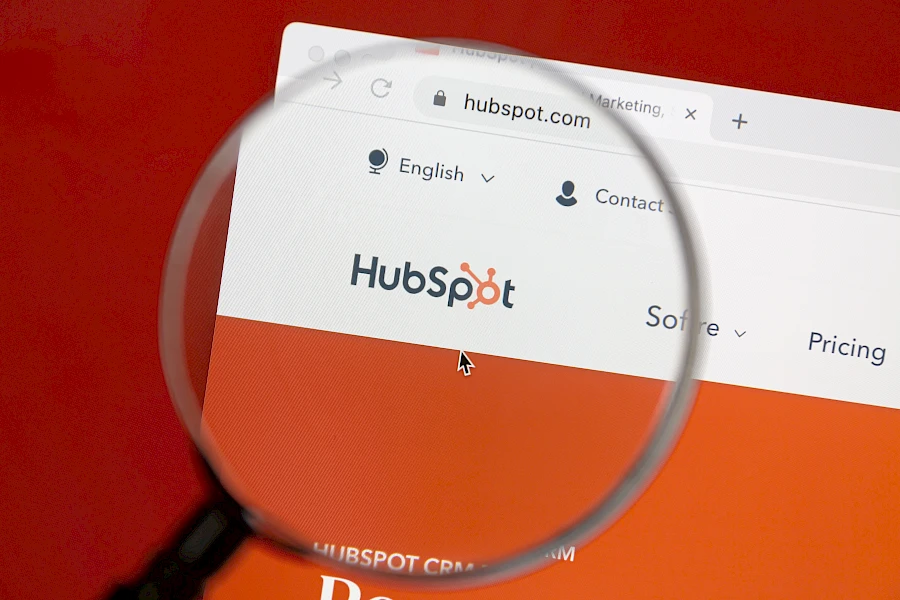
CRMシステムとの統合とは、顧客関係管理ソフトウェアを他のビジネス・システムと接続し、データを共有することを指す。この統合により、CRMに保存された顧客データに複数のプラットフォームからアクセスできるようになる。CRMシステムを統合することで、顧客データを一元化し、営業、マーケティング、サポート、その他の部門にまたがる統一された顧客ビューを促進することができる。

CRM (Customer Relationship Management) systems help businesses manage relationships and interactions with customers and prospects. Integrating other systems with your CRM can enhance its capabilities and allow a business to serve its customers more effectively.
Integration allows data to flow between the CRM system and other business systems. For example, integrating the CRM with sales systems allows customer data from the CRM to be accessed in the sales system. The salesperson can then view relevant customer details and history when engaging with them. This results in a more personalized and impactful customer experience.
Integrating the CRM with marketing systems and email allows customer interactions to be logged in the CRM system automatically. This provides a comprehensive customer activity history in one centralized platform. Marketers can also leverage CRM data for segmentation and targeted campaigns based on purchase history or behaviors.
Integrating a CRM with ERP (Enterprise Resource Planning) and financial systems introduces automation across business processes company-wide. For instance, when an order is placed it can trigger a workflow to fulfill and ship the order, bill the customer, and track payment - all while recording interactions in the CRM. This level of connectivity provides efficient operations and full visibility of the customer lifecycle.
Overall, integrating systems with a robust CRM platform unites data across disparate systems giving sales, marketing, and service teams the ability to foster productive customer relationships. This ultimately results in higher customer lifetime value. With modern integration tools, connecting CRM systems to best-of-breed applications has become easier than ever to achieve a unified customer view.